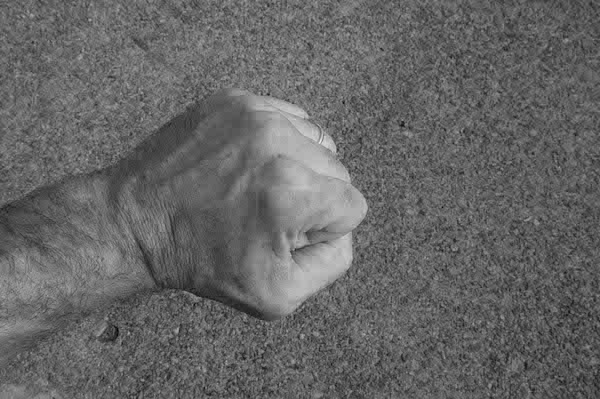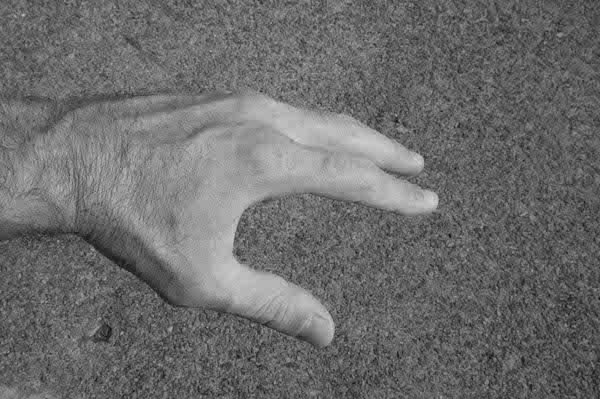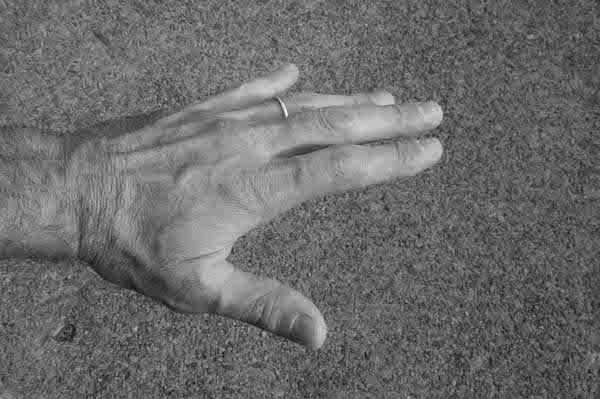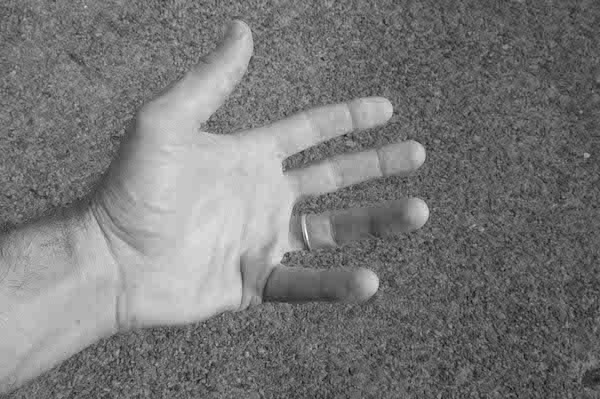How you use your body can facilitate or inhibit your goals. Blending in aikido or in personal interaction starts at the connection. If you look down and have a fist or a claw, you are holding onto opposition which certainly doesn’t support positive interaction or resolution. The following three elements are central to every aikido technique and are also movements that can profoundly change day to day experience.
The action of letting go has a powerful effect on your whole self. Isometrics refers to the ability hold onto to the muscular intent of an action without perform it, essentially freezing your muscles in time. Tension, stress, anxiety, anger, etc are all supported by this behavior as if you are on pause in a fight to the death. To change you have to let go and the more you let go in your body the less support you are giving to oppositional emotions. Let go of the weight on your shoulders, off your chest, holding in your stomach, arching your back, digging in your toes… how much of your body is dedicated to holding on?
Letting go does not mean going dead or limp, purpose is crucial to change. Letting go is part of initiating extension, not a rigid karate chop but a spreading of your hand like water sitting on top of a table or an egg covering a pan. The extension is a reaching to connect, to touch, to sense.
Connection is like electricity, it needs to reach out while providing a return path so connection is mutual and therefore not oppositional. Connection is not defensive, it changes the relationship of two independent forces. Extension must translate into an action of invitation, embrace, mutual direction.





I definitely agree with the statements made in this article. Perfecting Aikido lies within balance that is created through the forms in the human body. A simple change, such as a flick of the wrist, can quickly send an opponent falling to the floor or, if performed improperly, can set up a wall for the person attempting to perform the technique.
Strength comes from energy, but energy does not necessarily require action. When it comes to Aikido, there is both kinetic energy and potential energy. Knowing how and when to use both is what turns the victim into the master.
I thought that the analogy to electricity in this article was interesting. Electricity to me has always been about speed and damage, but using it in this context puts it under a new light. In this context, electricity acts as a sort of connection between two forces. It seems that the one who acts first takes the part of the source of this energy. It them almost becomes the responsibility of the receiver to conduct and return this energy to complete the circuit. So in other words, the uke is not meant to put in any energy themself into the interaction, but rather use what the opponent gives them to finish off and stop the attack.